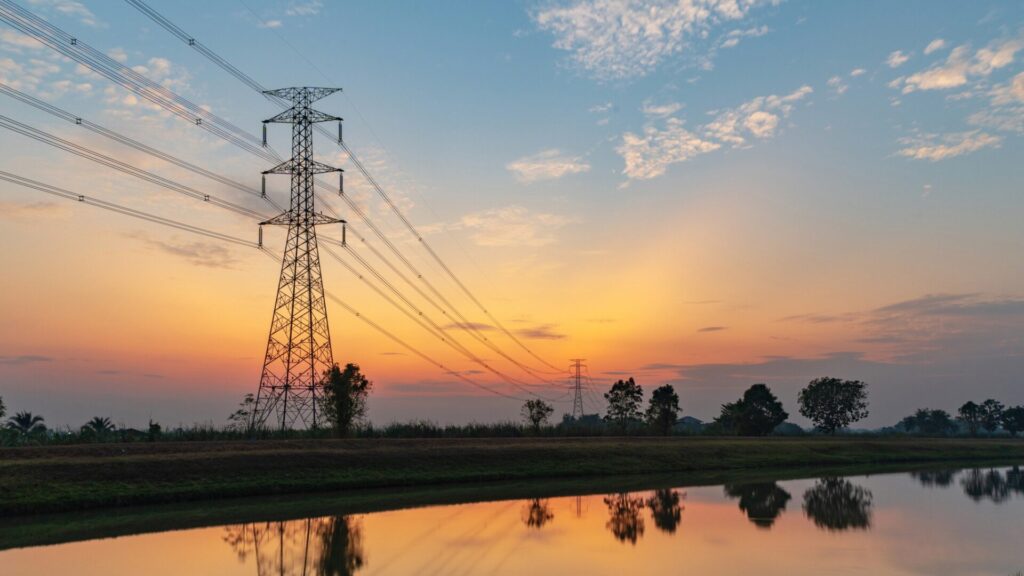[datacenter_tag_image]

Artificial intelligence (AI) isn’t the future — it’s already here, and tech companies worldwide are pouring money into developing ever more sophisticated technologies. Unfortunately, all that innovation requires massive amounts of energy.
The extensive computing power and complex algorithms needed to train AI — not to mention the cooling systems needed to keep data centers running — entail significant electrical consumption. As a result, tech giants like Microsoft are looking for ways to reduce reliance on strained electric grids. Green hydrogen could be the next big thing.
Green hydrogen is an energy source created through electrolysis, a process in which water molecules are split into hydrogen and oxygen. What makes the process green is the fact that the energy used to separate the molecules is generated through renewable resources like solar and wind, and the only byproduct is harmless water vapor.
Why not just use solar and wind power to supply data centers? For one thing, these power sources are intermittent and unreliable. Green hydrogen is made by transforming electrical energy into chemical energy. Once produced, it can be stored for extended periods and transported over long distances.
While OpenAI, the creator of ChatGPT, has invested heavily in nuclear startups like Helion, these long-term power solutions won’t reach fruition for years. Green hydrogen could be available much sooner, at least in theory.
Q Hydrogen, which was founded in 1997, has its first commercial renewable hydrogen power plant in the works in New Hampshire, with plans to open later this year. The company is forecasting production capabilities of 100,000 kilograms of hydrogen fuel daily.
For reference, that’s enough to power 20,000 electric cars like the Toyota Mirai (a fuel cell electric vehicle, or FCEV, that runs on hydrogen power). As a testbed, the company also plans to deploy mobile data centers to remote areas to run solely on hydrogen generators, creating energy on-site.
While green hydrogen promises both reliability and sustainability, there are a couple of major hiccups. First and foremost, it’s not readily available yet due to a lack of facilities and infrastructure for creating and transporting it.
The second issue is cost. While carbon-based fuels are forecast to fall roughly in the $1–$2.35-per-kilogram range for the foreseeable future, green hydrogen is tracking at an estimated $1.60 to more than $5 per kilogram up to 2050, without even accounting for transportation infrastructure.
For the moment, microgrids from energy innovators like Houston-based Enchanted Rock offer a much more immediate and viable option.
Primarily used as a backup for facilities during power outages, these compact units are designed to hook up to natural gas supplies and return power to the grid as needed. Even better, they could run on green hydrogen, assuming clients were willing to pay for it.
“All 350 of our microgrids could use those blends today, but no one has elected to pay the price premium for the fuel to do that yet,” says Allan Schurr, Chief Commercial Officer of Enchanted Rock.
With widespread adoption and expanded infrastructure, green hydrogen could be the future of powering AI. For now, however, other energy sources still reign supreme.
To learn more, check out the original article on Observer.